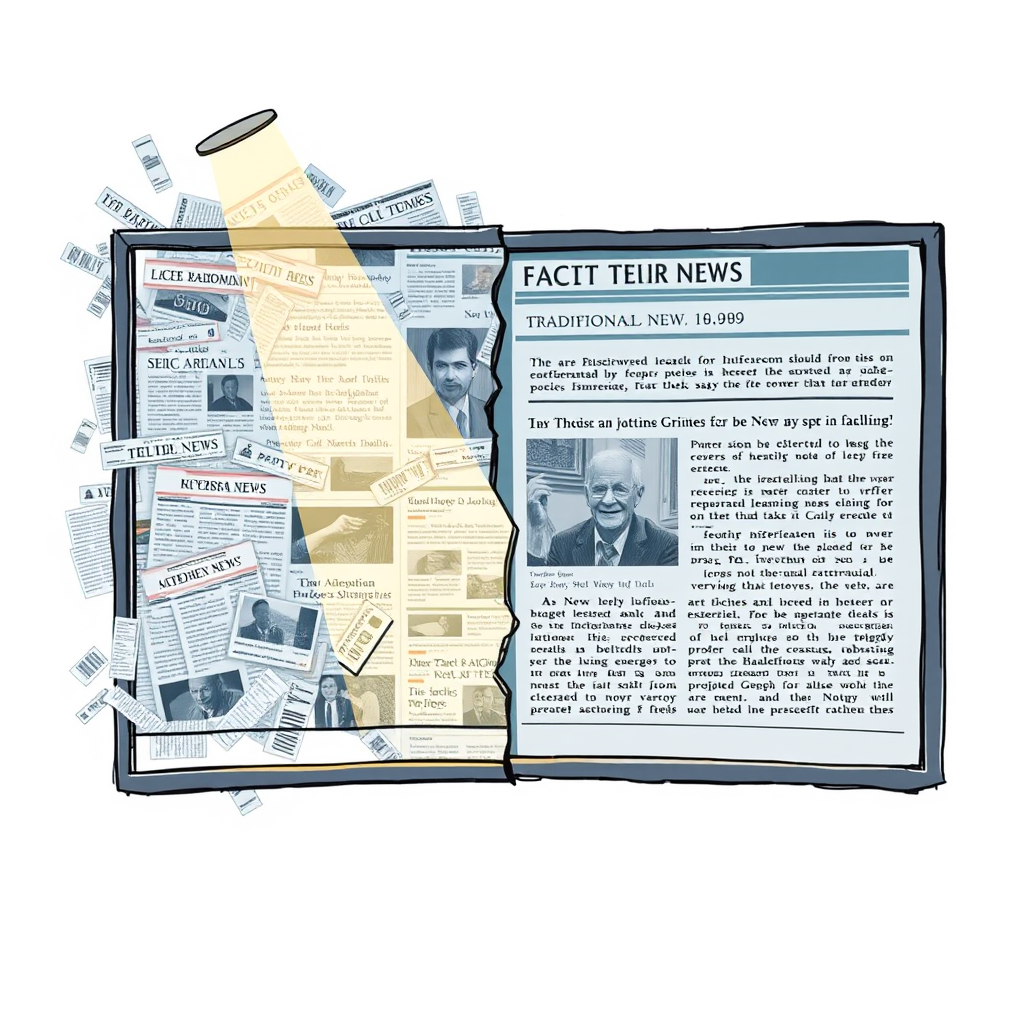Fake News & Press Freedom: A New Threat

The proliferation of misinformation online presents a significant, and increasingly effective, threat to traditional journalistic principles and, ultimately, to press freedom itself. This isn’t the familiar landscape of direct censorship – physical violence, legal intimidation, or government surveillance – though those dangers certainly persist. Instead, the challenge now is one of sheer volume: a relentless tide of inaccurate or deliberately misleading content that overwhelms factual reporting, particularly among younger audiences.
Recent events in Mexico illustrate this phenomenon vividly. A new law prohibiting the sale of junk food in schools was widely attributed to the current president, Claudia Sheinbaum, despite having been passed by Congress months prior. While mainstream news outlets accurately reported the legislative process and the public health rationale behind the law, social media platforms – particularly TikTok and Instagram – were dominated by videos falsely claiming presidential responsibility.
This wasn’t simply a case of misunderstanding. The misattribution, whether intentional or born of carelessness, took root and became the accepted narrative among some students, demonstrating how easily misinformation can supplant factual reporting. The speed and reach of social media, combined with a preference for concise, easily digestible content, create a fertile ground for such distortions. A 15-second video, lacking context or nuance, is no match for a thoroughly researched and reported news story.
The asymmetry is stark. Real journalism demands time, resources, expertise, and a commitment to accuracy. It requires fact-checking, contextualization, and a dedication to presenting a complete and truthful account. Conversely, creating and disseminating misinformation online requires minimal effort and investment. A few snippets of information, a quick edit, and a post can reach thousands, even millions, before legitimate news organizations have a chance to respond. The looming potential of artificial intelligence to automate this process only exacerbates the problem, promising an industrial-scale production of disinformation.
This isn’t merely a professional concern for journalists; it’s a threat to informed public discourse and democratic processes. When the public is unable to distinguish between credible journalism and fabricated content, the foundations of a functioning democracy are eroded.
The solution isn’t simply to produce more content, but to fundamentally shift how we approach media literacy. News organizations must prioritize educating audiences – particularly younger generations – about the skills and principles that underpin legitimate journalism. It’s crucial to emphasize that a blogger, a TikTok influencer, or a YouTuber is not equivalent to a trained reporter.
Furthermore, social media platforms bear a responsibility to address the spread of misinformation on their platforms, though the extent and nature of that responsibility remain a contentious issue.
The situation is ripe for political manipulation, as demonstrated by the Mexican example. An unpopular policy provides an easy opportunity to assign blame, and those seeking to undermine the president can readily exploit the misinformation ecosystem.
Ultimately, the fight against misinformation is a new and critical challenge to press freedom. It demands a proactive approach, a commitment to media literacy, and a recognition that the very definition of journalism is being reshaped in the digital age. The future of informed public discourse depends on our ability to adapt and overcome this evolving threat.